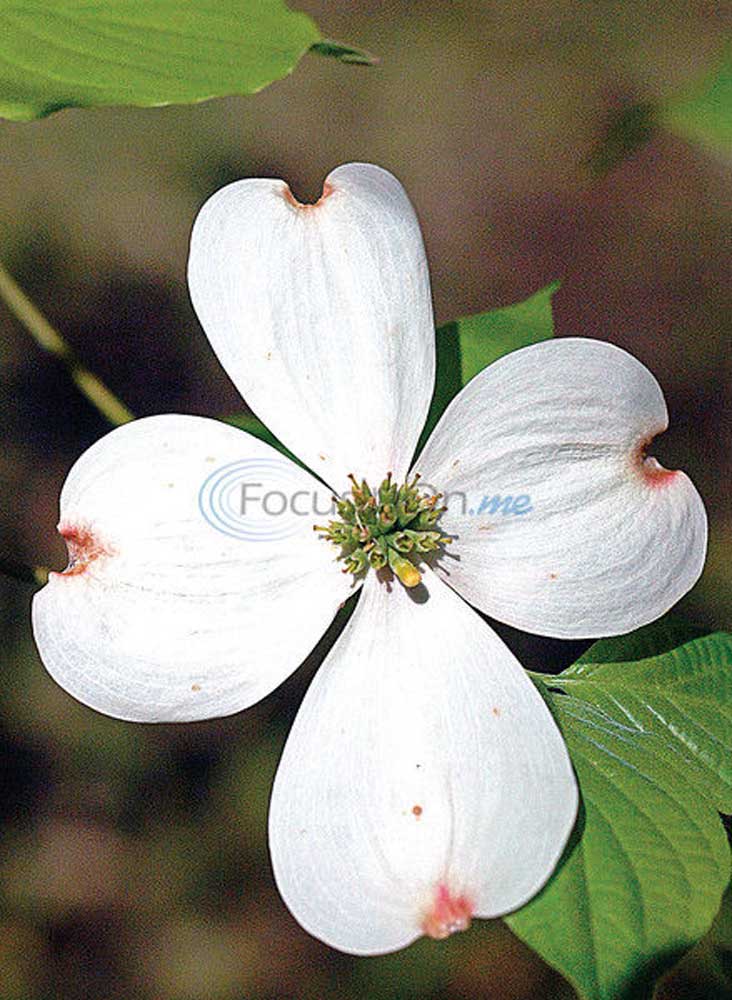Barkin’ up Dogwoods
Published 11:09 pm Tuesday, March 18, 2014

- One of the few remaining dogwood blossoms in Davey Dogwood Park in Palestine signifies the end of the annuall festival. Herb Nygren Jr/Staff
Dogwood tree blooms are starting to open, heralding the arrival of spring in East Texas and prompting the region’s biggest annual celebration of the blossoming dogwoods in Palestine.
Although there is a pink variety, many dogwood trees have white blooms that can be seen in yards and East Texas forests and woodlands, almost creating the illusion of snowflakes.
“Even though the blooms will not be at their peak this weekend, there should be some nice blooms to see (in Palestine),” stated the “bloom watch” on the Dogwood Trails Celebration web site.
The celebration kicks off with a dogwood festival Saturday and continues with numerous events March 29-30 and April 4-6.
“We are predicting that the dogwood (blooms) should be abundant the last two weekends of the Dogwood Trails Celebration March 28-30 and April 4-6,” the bloom watch advisory stated.
Chad Gulley, Smith County extension agent for agriculture and natural resources for Texas A&M AgriLife Extension Service, said that depending on the weather, the dogwood typically bloom in mid to late March and early April.
“They are a pretty hardy tree,” Gulley said. “You see them growing a lot in East Texas among tall oaks and pines. It’s just a unique flower.”
The dogwood’s white blooms stand out underneath the green canopy of oaks and pines.
Usually small to medium size, dogwoods are trees that grow best in well-drained acid soil. They typically have shallow roots, but if they are watered deeply, that will make the root go farther down — and some varieties can tolerate wetter areas, Gulley said.
They prefer morning sun and afternoon shade, he said.
Since they are sensitive to fertilizer, Gulley advised against putting a lot of fertilizer around them and suggested instead mulch to hold water. Other gardening experts also advise using only very small amounts of fertilizer in the spring.
Dogwoods should not be planted close to heat reflective walls or structures because the heat can reflect off and cause some issues, Gulley said.
Dogwoods have thin bark, which can be easily damaged if accidentally struck with trimmers or lawn mowers, he cautioned. Any accidental hitting by trimmers or lawn mowers can be fatal to a dogwood, according to the Texas AgriLife Extension Service.
According to Texas Parks and Wildlife Department, flowering dogwood grows best in moist soil, but will grow in drier habitats. They like to grow in the shade of larger trees as understory plants.
Dogwood are slow growing, often growing a few centimeters per year in dense shade, resilient and beautiful as an accent plant, the parks department’s web site stated.
Scientifically classified as Cornus florida, the flowering dogwood was first called dog-tree in the English vocabulary in 1548, but the name had evolved to dogwood by 1614, according to a history.
A deciduous tree, the dogwood has white or pink spring flowers (actually called bracts around tiny greenish-yellow flowers). It has dark green summer foliage, red fruit in the summer/fall, and red to maroon fall color.
According to Christian lore, the cross on which Jesus was crucified was made from a dogwood tree, which at that time was a stout, straight tree.
God decreed that the dogwood tree from then on would never grow large enough to be used to make a cross and, according to a Christian legend of unknown origin, that is why the dogwood today is a small, understory tree, which coincidentally often blooms at Easter.
The legend is that after his crucifixion, Jesus also transformed the dogwood bloom into a representation of the crucifixion, with the four white bracts cross-shaped, which represent the four corners of the cross, each bearing a rusty indentation as of a nail, while the red stamens of the flower represent Jesus’ crown of thorns and the clustered red fruit represents his blood.







